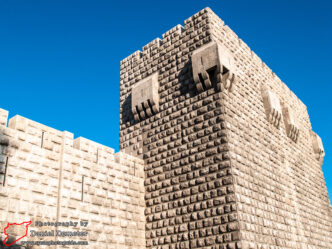
Damascus – Damascus Citadel دمشق – قلعة دمشق
Located in the northwest corner of the old city, the Damascus Citadel (قلعة دمشق) was first fortified under Turkmen warlord Aziz Bin …

Located in the northwest corner of the old city, the Damascus Citadel (قلعة دمشق) was first fortified under Turkmen warlord Aziz Bin …
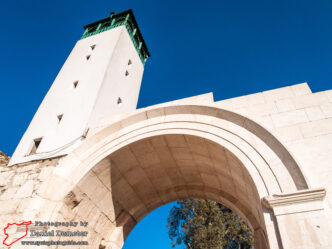
The old city of Damascus (دمشق) was once surrounded by extensive fortifications that included walls, towers, and gates in addition to the …
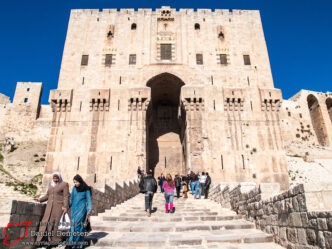
One of the most incredible fortifications in Syria, and the whole of the Middle East, is the magnificent Aleppo Citadel (قلعة حلب). …
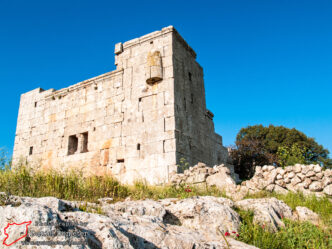
Sheikh Suleiman (شيخ سليمان) is one of the more impressive the Byzantine-era sites in the western countryside of Aleppo (حلب). Located in …
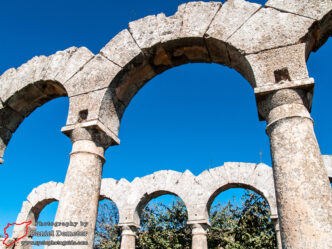
Burj Heidar (برج حيدر) is a Kurdish village to the east of Qalaat Samaan (قلعة سمعان). The site was settled at least …
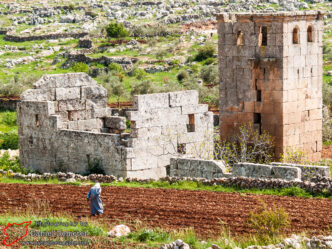
Banastur (بنستور) is a Byzantine-era site on the eastern edge of Jebel Samaan (جبل سمعان). This small settlement has only a few …
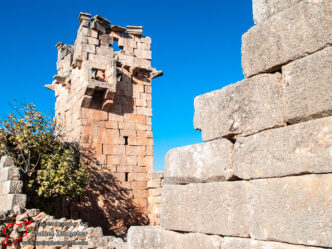
Jeradeh (جرادة) was a fairly extensive Byzantine settlement on the eastern edge of Jebel Riha (جبل ريحا), the ruins today spread throughout a …
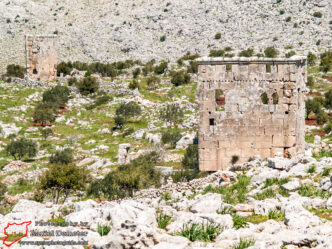
The Byzantine site of Sarfud (صرفود) is spread out over rocky hills north of the road linking the town of Sarmada (سرمدا) with Kafr …
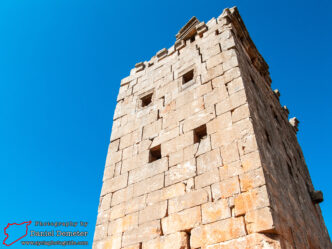
Serjableh (سرجبله) is an extensive Byzantine site that includes the remains of an impressive monastic tower and at least three churches. At …
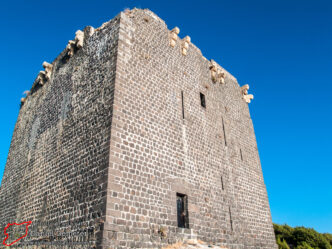
Burj al-Sebi (برج الصبي) is a single Crusader tower which now overlooks the main coastal highway. It is located on the southern …